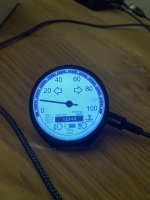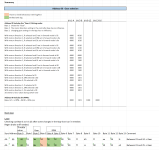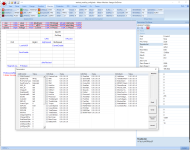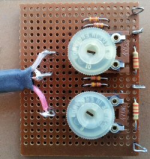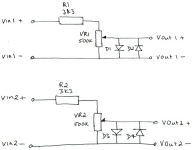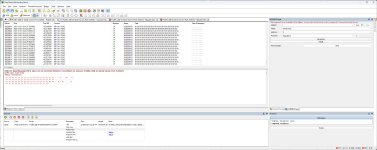This thread is intended to reverse engineer the fardriver standard serial protocol (same connection as the PC Software is using).
Over the next few month I will share my progress as I am learning.
If you aware of any existing work that can be benifitiary to this process please share.
Attached a fill of the serial communication recorded during the use of the PC App for Fardriver.
I expeced that the the progress will be slow in the beginning.
Regards
Andreas
Over the next few month I will share my progress as I am learning.
If you aware of any existing work that can be benifitiary to this process please share.
Attached a fill of the serial communication recorded during the use of the PC App for Fardriver.
I expeced that the the progress will be slow in the beginning.
Regards
Andreas


